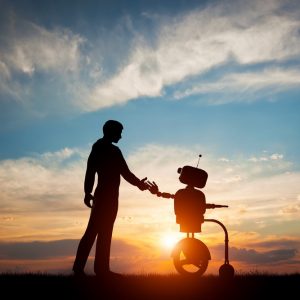Back in the ’80s, economists were struggling to understand why — despite all those amazing new personal computers — productivity was stagnant at best. Computers certainly seemed to be incredible efficiency machines, but there was nothing measurable to show for it.
The funny thing was, it just took a while. In the 1990s, productivity percentages in the IT industry began to rise. There are a lot of theories surrounding Solow’s productivity paradox, but one seems to stick: it took us a while to learn how to measure how computers helped us, because it took us a while to get used to what computers can do.
Nowadays, almost everything we do revolves around computers, from our work to how we communicate and shop. However, Solow’s productivity paradox just might be making a comeback. In spite of the promises of improved productivity and economic advances, people can’t seem to figure out what robots can do for them.
Looking Forward
No one is arguing that humans can do manual tasks better than robots. Unlike humans, robots can perform tedious jobs for hours or days on end, without the need for food, sleep, or breaks. And, they deliver the same results every time. People don’t have that level of precision, cannot work 24/7, and, yes, are objectively slower than machines.
Final Thought
Robots really are not likely to take all our jobs, just as the industrial revolution didn’t replace all craftspeople. Robots are, however, very likely to boost labor productivity levels. Companies that adopt robots can deliver high-quality products using fewer resources. That translates into economic gain and GDP growth that everyone can benefit from. And, finally, it might turn out that many manual labor positions aren’t going to be lost to robots, after all. Converting physically exhausting jobs into jobs supervising robots just might be a good thing for workers and companies alike.
read the rest of the article at source

